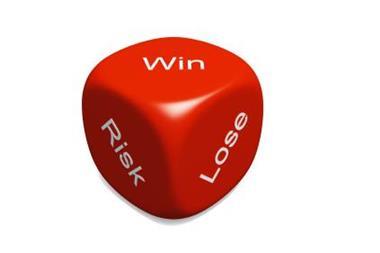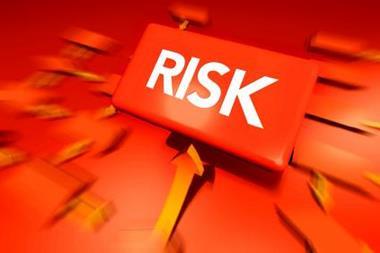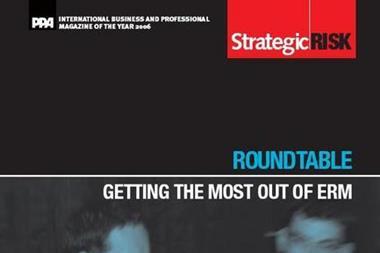ERM has yet to become embedded in most companies' day-to-day activities
More corporate boards are driving enterprise risk management (ERM), but despite progress, ERM has yet to become embedded in most companies' day-to-day activities, according to a report released today by The Conference Board.
The report, sponsored by Oliver Wyman, is based on a survey of risk, audit, and finance executives of 200 companies from a range of sectors.
Fifty-five percent of the survey participants indicate that their corporate boards are a top driver of their enterprise risk management program, up from 49 % two years ago.
“Once adopted and implemented broadly throughout the firm, ERM becomes truly part of how companies do business. The goal is to create greater awareness of risk and reward tradeoffs, and to drive risk thinking and appropriate risk management throughout businesses. Ownership is a critical operational and cultural component to enterprise risk management. When risks are identified and assigned to individuals, there is likely to be greater accountability for each risk and greater understanding of how any specific risk impacts a business.
Ellen Hexter, head of The Conference Board Enterprise Risk Management Center
Still, ERM, a strategic method of understanding and managing risks, is not being integrated in corporate cultures. The progress has been mainly in early stage efforts, such as creating a risk inventory and assessment process. As such, key ERM benefits in managing the overall corporate risk profile and portfolio have not yet accrued in most companies.
The latest research shows that, almost universally, there is greater awareness of risk across companies. Executives now report that the top of the organization is far more interested in ERM than previously. While CEOs in particular are slightly less certain than in 2004 that ERM is crucial to performing their own role.
Ellen Hexter, head of The Conference Board Enterprise Risk Management Center and author of the report, said: "Once adopted and implemented broadly throughout the firm, ERM becomes truly part of how companies do business. The goal is to create greater awareness of risk and reward tradeoffs, and to drive risk thinking and appropriate risk management throughout businesses. Ownership is a critical operational and cultural component to enterprise risk management. When risks are identified and assigned to individuals, there is likely to be greater accountability for each risk and greater understanding of how any specific risk impacts a business."
The main findings include:
Executives surveyed indicate that in 2006, 34 % of their corporate boards, up from 29 % in 2004, believe that ERM is significant or highly significant in carrying out their stewardship roles.
There are substantial differences in ERM maturity across industries: financial services, energy, and utilities have more developed ERM processes than other industries. However, there has been rapid growth in ERM in the healthcare sector over the past years.
Companies that are outside of North America have developed processes at a faster pace and have a higher rate that are up and running.
Implementing ERM in a company generally takes three to five years. And companies often find they start and restart crafting an ERM framework that is viable for their particular organizations.
Among core business functions (e.g. legal, CFO, CEO, Board), there is general agreement on the importance of ERM; nearly 1/3 of each of these functions consider ERM to be of critical importance to their business.



















No comments yet